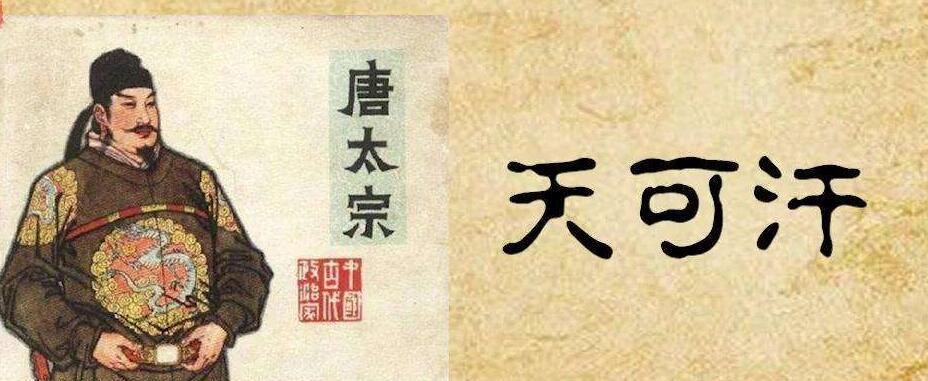As two powerful dynasties in Chinese history, the emperors of the Sui and Tang dynasties were revered as "khans" by the steppe and western regimes (Emperor Wen of Sui was revered as "Sage Khan" and Tang Taizong was revered as "Heavenly Khan"). However, according to the analysis of historical records, then the "sage khan" of Emperor Wen of Sui was inferior to the "heavenly khan" of Tang Taizong. So what are the "sage khans" of Emperor Wen of Sui inferior to the "heavenly khans" of Tang Taizong?

"Saint Khan" is inferior to the first item of "HeavenLy Khan": the political meaning of "Saint Khan" is lower than that of "Heavenly Khan". As we all know, "heaven" represents the supreme supremacy in Chinese culture, and the same is true for the steppe peoples. Compared with "heaven", the meaning of "saint" is lower. It can be said that Tang Taizong's "Heavenly Khan" is unprecedented, while "Saint Khan" is more like a copy of "Heroic Heavenly Son".
The second item of "Saint Khan" is inferior to that of "Heavenly Khan": "Saint Khan" is not as widely recognized as "Heavenly Khan". In the fourth year of the reign of Emperor Kai (584), the Eastern Turk Khan of Sha baoli gave Emperor Wen of Sui the honorific title of "Sage Moyuan Khan (Sage Khan)". When Emperor Wen of Sui became the "Sage Khan", the world had not yet been unified, and all the regimes and tribes outside the Eastern Turks did not recognize the "Sage Khan".
In the fourth year of Zhenguan (630), Tang Taizong destroyed the Eastern Turks, and the western States, including the Western Turks, were shocked and jointly gave Tang Taizong the title of "Heavenly Khan". Because of this, in addition to Silla and Japan, various external regimes around the Tang Dynasty recognized Tang Taizong's "Heavenly Khan". Compared with the "Sage Khan" of Emperor Wen of Sui, the recognition of Tang Taizong's "Heavenly Khan" was more extensive.
The third item of "Saint Khan" is inferior to that of "Heavenly Khan": "Saint Khan" is not as politically influential as "Heavenly Khan". Until the fall of the Sui Dynasty, the "Sage Khan" of the Sui Emperor was only an honorary title, and the actual impact on the various feudal states was small. In contrast, Tang Taizong established a political system that could actually influence the various feudal states and even mobilize the armies of the various feudal states.
The fourth item of "Saint Khan" is inferior to "Heavenly Khan": "Saint Khan" existed for less time than "Heavenly Khan". Due to the death of Sui Dynasty II, The "Sage Khan" of Emperor Wen of Sui also withdrew from the stage of history with the Sui Dynasty, and only existed for more than thirty years. Tang Taizong's "Heavenly Khan" was still passed down from generation to generation after Tang Taizong's death, and even the famous "Anshi Rebellion" did not make the Tang Emperor lose the "Heavenly Khan".
Successive Tang emperors after Tang Taizong all held the title of "Heavenly Khan", and "Heavenly Khan" did not withdraw from the stage of history until after the fall of the Tang Dynasty, which existed for nearly three hundred years, which is incomparable to the Sui Dynasty. Interestingly, there were only two emperors of the Sui and Tang dynasties who were not honored as "khans", one was Tang Gaozu and the other was Wu Zetian.